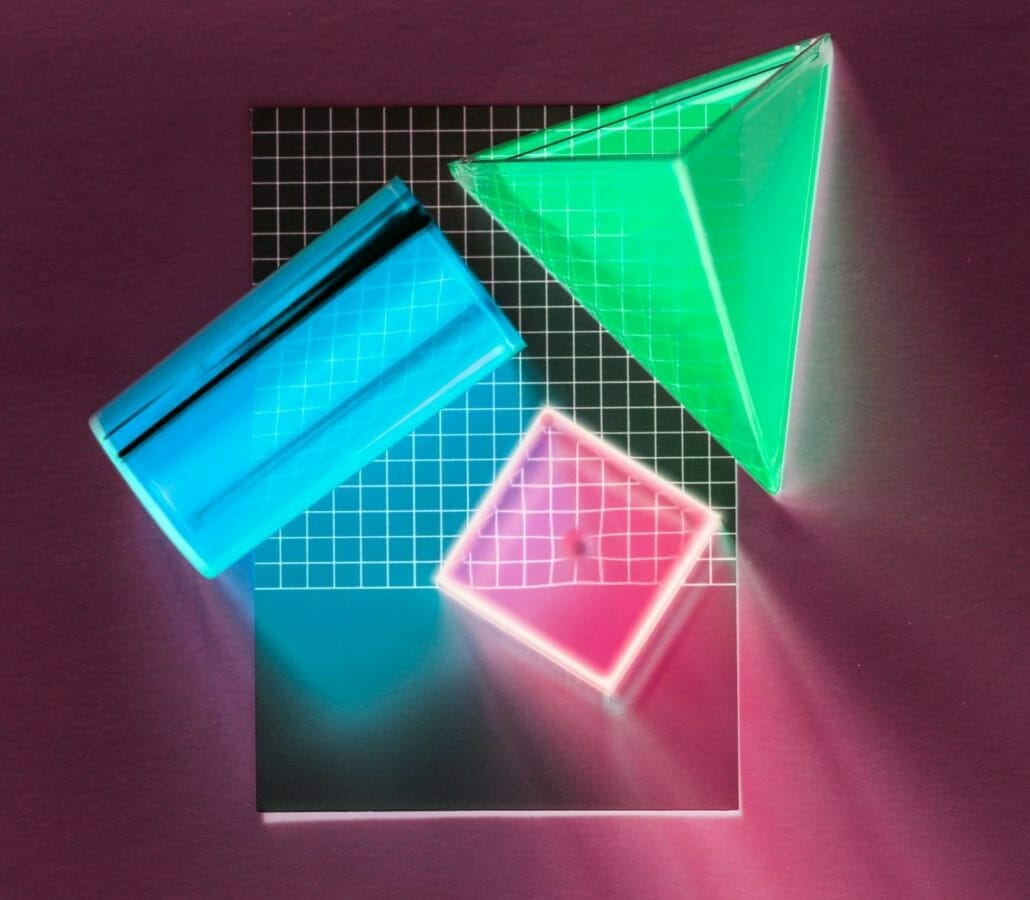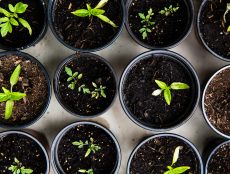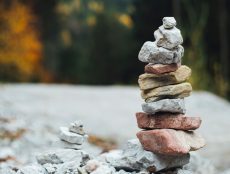
Interviews
“Everything Is a Function.” How GeoGebra Brought AR to Math Education
By Henry Kronk
September 28, 2018
Earlier this year, GeoGebra, the suite of software that combines geometry and algebra, released an augmented reality (AR) version of their app that has taken math education to new heights. Currently available on iOS, an Android version will be out in the short term. The AR technology marks the latest effort in the group’s commitment to innovation.
For many years, in the words of COO and CFO Stephen Jull, it’s been the dream of math educators to be able to describe the physical world as a function in such a concrete, understandable way. It has only recently been made possible with the release of Apple’s ARKit.
GeoGebra Will Have an Android Version Out Soon
“From our perspective, mathematics is everything,” Jull said. “Every single thing around us is a function, or could be described as a function. That’s why we can put people in space with no one looking outside to steer the aircraft. It’s all about vectors and functions and mathematics, it’s really kind of beautiful.”
#MTBoS: #3D Modeling Challenges for Ss: How can we model each w/only 2 surface EQ’s w/input restrictions? 🤔 More forthcoming! https://t.co/AXbdyGpuvv. Can be done in @geogebra #AugmentedReality or GGB’s 3D GC! #ITeachMath #ARKit #HSMath #CollegeMath #EveryoneCanCreate #Maths pic.twitter.com/AxfXceI9Co
— Tim Brzezinski (@dynamic_math) September 11, 2018
“The whole idea of augmented reality is exactly that. It’s an idea that everyone shares. Even people who aren’t that invested in math either as students or as adults, I think we all appreciate how it would be interesting to understand the engineering of something like a bridge. We’re all fascinated by great expanses of human engineering and our natural landscape.”
“If you have an application that allows you to see that, then just a simple formula describes something like a cup on the table. It would be something like y^2 * x^2. You could see how that would be so compelling for a student who never really understood why a formula is important. If they could draw that and place it on the table (with the app) and show their parents at the breakfast table and say ‘That’s what I’m working on in math right now,’ it’s exciting for the student but it’s also exciting for the parents. Suddenly, it all comes together. Math is everywhere. And that’s where it became really fun and interesting for us.”
“The Edge of the Wedge”
“Most people think that AR, VR, and mixed reality will change the way we explore mathematics, and I think we’re just at the edge of the wedge right now,” Jull said. “We’re at this tipping point. Once we get our Android app out later this fall, and we improve the iOS version and the Microsoft mixed reality version—we like to be platform agnostic—I’m hoping that more students will be playing with the concept of math around them. Even if it’s something silly.”
“A kid could put their soccer ball on the seat beside the driver in the bus. When ARKit 2 comes out, you’ll actually be able to leave it there, it’ll just stay there, and you can share that with other students.”
“Just playing with it will, I hope, drive more students to math class and inspire students to stick with math through school.”
Jull is excited about another new GeoGebra offering which will be out in a matter of weeks. It will be something like a whiteboard app.
“We’ve developed this canvas—and it’s not that we’re changing from a mathematics company to a whiteboard provider. We’ve developed this infinite canvas, and you can drop anything on to it, like Geogebra as well as objects, materials, videos, and all kinds of things. If you remember in math class, teachers always insisted you have a scratch pad which you would submit with exams. It would be this rough work place where you could work out problems. The app will be like an online version of that.”
In subsequent versions, Jull says the app will allow for collaboration between multiple people, so learners will be able to work together on a given problem together from anywhere in the world in one common, shared space.
Featured Image: Rawpixel, Unsplash.









No Comments